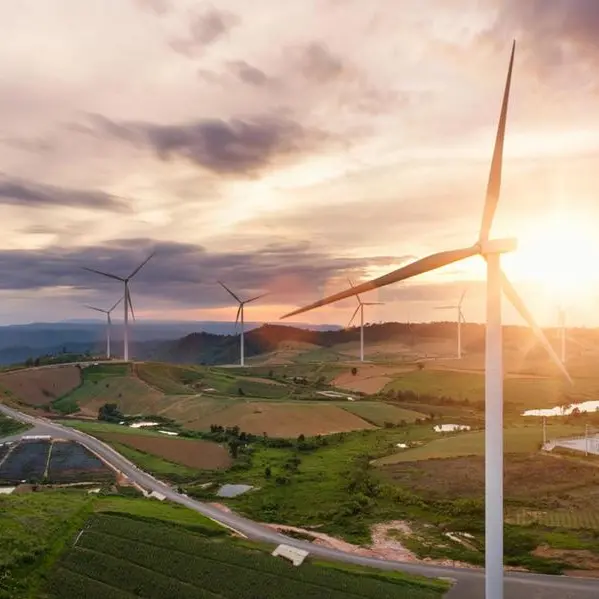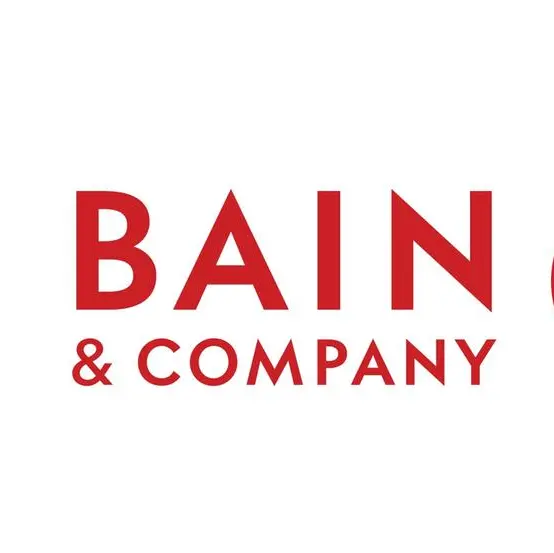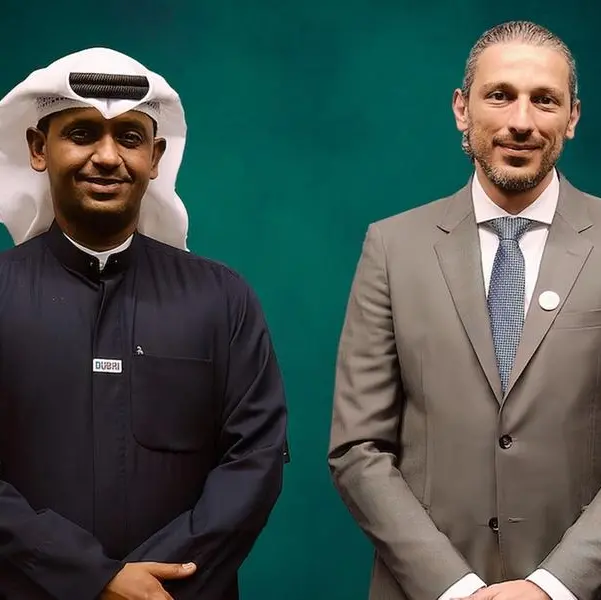PHOTO
Samer Al Chikhani, Principal with Strategy& Middle East
- GCC is uniquely positioned for success in pursuing energy-to-food because it possesses the world’s lowest levelized cost of renewables
Dubai, UAE: The Middle East was the birthplace of the first agricultural revolution. Today, as the world struggles to feed a rapidly growing population while cutting farming emissions, the Middle East can lead another revolution by pioneering a type of precision fermentation that converts energy and a few ingredients into food, according to the latest research by Strategy& Middle East, part of the PwC network.
Agriculture needs to feed a world population that is projected to grow to 9.7 billion people by 2050, 1.8 billion people more than today. These people will need to be fed in a sustainable manner, which requires overcoming multiple problems including scarcity of land and freshwater, GHG emissions, the high cost of nutritious food, and vulnerability to geopolitical risk and economic disruption.
“The Middle East, especially the GCC, can answer this challenge, and produce healthy, low emissions foods,” said Dr. Yahya Anouti, Partner with Strategy& Middle East and the ESG leader in the region.
“The GCC is uniquely positioned for success in pursuing energy-to-food because it possesses the world’s lowest levelized cost of renewables. Energy makes up 40 to 60 percent of the expense of producing energy-to-food proteins. Assuming GCC producers incur non-energy-related costs similar to the global average, their energy-to-food proteins will be significantly cheaper than those created anywhere else in the world,” he added.
The energy-to-food process mostly relies on gases (such as CO2 and the other gases in air) and water as the sources of carbon and oxygen, converting energy and a handful of ingredients to a variety of proteins and other food ingredients. The environmental impact is minimal, as it requires very little land or water compared with traditional agriculture, such as animal- and plant-based proteins. It also emits fewer GHG emissions.
Dr. Shihab Elborai, Partner with Strategy& and the co-leader of the firm’s Sustainability platform, said: “If GCC countries are successful in pioneering energy-to-food, using renewable energy to feed the world could become a prestige project that highlights the region’s technological prowess and its ability to take the lead in sustainability. It would also promote regional economic diversification.”
Already, the market for alternative proteins is attracting considerable investment and could be worth US$1.4 trillion globally by 2050, according to statistics from Credit Suisse. Invested capital in precision fermentation companies has increased at an annual rate of 250 percent since 2018. Although most of the investment is occurring in Europe and the U.S., precision fermentation startups are emerging in other countries, such as China, India, and Israel.
However, for all the promise energy-to-food offers, moving from lab to table means overcoming three connected challenges: cost, consumer acceptance, and scale.
“The technology is in its infancy and so expensive,” commented Samer Al Chikhani, Principal with Strategy& Middle East. “Food is emotive and highly regulated, which makes consumer acceptance vital. Building scale quickly is critical to meeting demand and reducing the cost per kilogram of proteins produced by precision fermentation,” he added.
For GCC countries to take full advantage, they need to act in six areas: R&D, investment in infrastructure, value chain development, talent, regulation and policy, and consumer awareness.
R&D: Governments should invest in R&D so the technology matures and energy-to-food proteins become cost competitive. That means more funds for early-stage and often high-risk innovations.
Investment in infrastructure: There should be joint public and private sector investment in expensive infrastructure.
Value chain development: Governments should develop a complete energy-to-food value chain. That means ensuring private sector producers have access to the necessary raw materials and feedstock.
Talent: Energy-to-food demands a deep talent pool for R&D and commercialization. That means leading experts in molecular biology, chemical engineering, strain engineering, data science, product development, and plant design - along with clinicians, nutritionists, and policy experts.
Regulation and policy: Regulation and policy should promote energy-to-food proteins and safeguard quality. Incentives can assist companies with the cost of investment in R&D and renewables.
Consumer awareness: The public and private sectors should gain consumer acceptance through education and standards. Consumers will need to know that energy-to-food proteins are environmentally sound, healthy, nutritionally beneficial, halal (permissible) for Muslims, and acceptable in other cultural and religious contexts.
-Ends-
About Strategy&
Strategy& is a global strategy consulting business uniquely positioned to help deliver your best future: one that is built on differentiation from the inside out and tailored exactly to you. As part of PwC, we’re building the winning systems that are at the heart of growth every day. We combine our powerful foresight with this tangible know-how, technology, and scale to help you create a better, more transformative strategy from day one.
As the only at-scale strategy business that’s part of a global professional services network, we embed our strategy capabilities with frontline teams across PwC to show you where you need to go, the choices you’ll need to make to get there, and how to get it right.
The result is an authentic strategy process powerful enough to capture possibility while pragmatic enough to ensure effective delivery. It’s the strategy that gets an organization through today’s changes and drives results that redefine tomorrow. It’s the strategy that turns vision into reality. It’s strategy, made real.




















